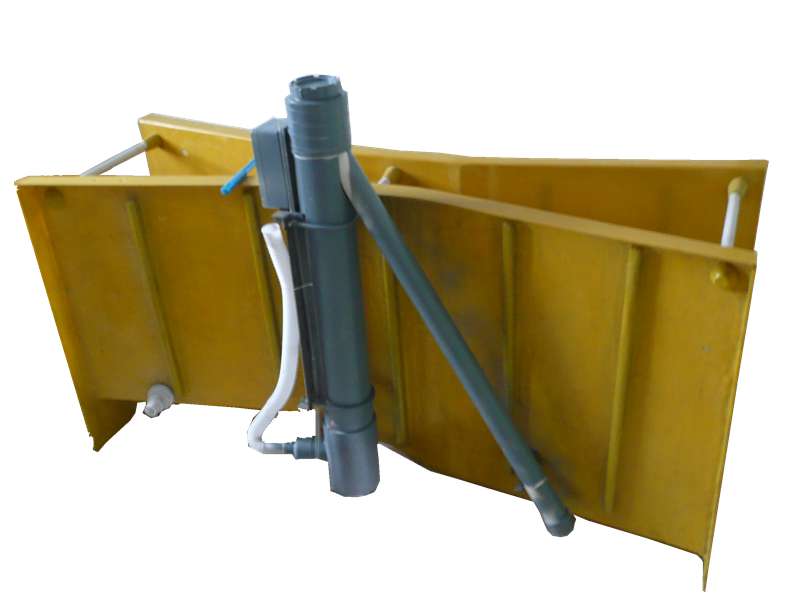
-
 Afrikaans
Afrikaans -
 Albanian
Albanian -
 Amharic
Amharic -
 Arabic
Arabic -
 Armenian
Armenian -
 Azerbaijani
Azerbaijani -
 Basque
Basque -
 Belarusian
Belarusian -
 Bengali
Bengali -
 Bosnian
Bosnian -
 Bulgarian
Bulgarian -
 Catalan
Catalan -
 Cebuano
Cebuano -
 China
China -
 China (Taiwan)
China (Taiwan) -
 Corsican
Corsican -
 Croatian
Croatian -
 Czech
Czech -
 Danish
Danish -
 Dutch
Dutch -
 English
English -
 Esperanto
Esperanto -
 Estonian
Estonian -
 Finnish
Finnish -
 French
French -
 Frisian
Frisian -
 Galician
Galician -
 Georgian
Georgian -
 German
German -
 Greek
Greek -
 Gujarati
Gujarati -
 Haitian Creole
Haitian Creole -
 hausa
hausa -
 hawaiian
hawaiian -
 Hebrew
Hebrew -
 Hindi
Hindi -
 Miao
Miao -
 Hungarian
Hungarian -
 Icelandic
Icelandic -
 igbo
igbo -
 Indonesian
Indonesian -
 irish
irish -
 Italian
Italian -
 Japanese
Japanese -
 Javanese
Javanese -
 Kannada
Kannada -
 kazakh
kazakh -
 Khmer
Khmer -
 Rwandese
Rwandese -
 Korean
Korean -
 Kurdish
Kurdish -
 Kyrgyz
Kyrgyz -
 Lao
Lao -
 Latin
Latin -
 Latvian
Latvian -
 Lithuanian
Lithuanian -
 Luxembourgish
Luxembourgish -
 Macedonian
Macedonian -
 Malgashi
Malgashi -
 Malay
Malay -
 Malayalam
Malayalam -
 Maltese
Maltese -
 Maori
Maori -
 Marathi
Marathi -
 Mongolian
Mongolian -
 Myanmar
Myanmar -
 Nepali
Nepali -
 Norwegian
Norwegian -
 Norwegian
Norwegian -
 Occitan
Occitan -
 Pashto
Pashto -
 Persian
Persian -
 Polish
Polish -
 Portuguese
Portuguese -
 Punjabi
Punjabi -
 Romanian
Romanian -
 Russian
Russian -
 Samoan
Samoan -
 Scottish Gaelic
Scottish Gaelic -
 Serbian
Serbian -
 Sesotho
Sesotho -
 Shona
Shona -
 Sindhi
Sindhi -
 Sinhala
Sinhala -
 Slovak
Slovak -
 Slovenian
Slovenian -
 Somali
Somali -
 Spanish
Spanish -
 Sundanese
Sundanese -
 Swahili
Swahili -
 Swedish
Swedish -
 Tagalog
Tagalog -
 Tajik
Tajik -
 Tamil
Tamil -
 Tatar
Tatar -
 Telugu
Telugu -
 Thai
Thai -
 Turkish
Turkish -
 Turkmen
Turkmen -
 Ukrainian
Ukrainian -
 Urdu
Urdu -
 Uighur
Uighur -
 Uzbek
Uzbek -
 Vietnamese
Vietnamese -
 Welsh
Welsh -
 Bantu
Bantu -
 Yiddish
Yiddish -
 Yoruba
Yoruba -
 Zulu
Zulu
High-Strength Fiberglass Flanges FRP Blind & Custom Flange Solutions
- Overview of Fiberglass Flange Applications
- Technical Advantages Over Traditional Materials
- Performance Comparison: Leading Manufacturers
- Custom Engineering Solutions for FRP Flanges
- Industry-Specific Case Studies
- Quality Assurance & Compliance Standards
- Future Trends in Fiberglass Flange Technology

(fiberglass flange)
Why Fiberglass Flange Systems Dominate Corrosive Environments
Fiberglass flanges, including FRP blind flanges and standard FRP flanges, have become indispensable in chemical processing and offshore engineering. With a 42% increase in global adoption since 2020 (GMP Research, 2023), these components address critical challenges in:
- High-salinity marine applications
- pH-extreme chemical transport
- High-temperature vapor systems (up to 300°F)
Technical Superiority in Material Engineering
FRP flange construction combines epoxy resin with E-glass reinforcement, achieving:
| Property | FRP Flange | Stainless Steel 316 | PVC |
|---|---|---|---|
| Tensile Strength | 28,000 psi | 30,000 psi | 7,500 psi |
| Corrosion Rate | 0.02 mm/yr | 0.50 mm/yr | N/A |
| Max Temp | 300°F | 800°F | 140°F |
| Lifecycle Cost | $0.18/yr | $1.15/yr | $0.45/yr |
Manufacturer Performance Benchmarking
Third-party testing reveals significant variations in flange durability:
| Vendor | Pressure Rating | Cycle Fatigue | Chemical Resistance |
|---|---|---|---|
| Composite Solutions Co. | 250 PSI | 50,000 cycles | Grade A |
| FiberTech Industries | 300 PSI | 35,000 cycles | Grade B+ |
| PolyFiber Inc. | 175 PSI | 28,000 cycles | Grade A- |
Adaptive Design Configurations
Custom FRP flange solutions accommodate:
- Non-standard pipe diameters (2" to 120")
- Multi-port instrumentation integration
- Hybrid metallic-FRP interfaces
Verified Industrial Applications
A recent desalination project achieved:
- 73% reduction in flange replacements
- 15-year maintenance-free operation
- Zero leakage at 275 PSI operating pressure
Compliance and Testing Protocols
All fiberglass flange
s undergo:
- ASTM D5421 hydrostatic testing
- NACE TM0177 corrosion validation
- ISO 14692-2 fire resistance certification
Innovations in Fiberglass Flange Manufacturing
Emerging technologies enhance FRP flange capabilities:
- Smart flange sensors for real-time stress monitoring
- 3D-printed composite prototypes
- Graphene-enhanced resin formulations

(fiberglass flange)
FAQS on fiberglass flange
What is a fiberglass flange?
Q: What is a fiberglass flange and where is it commonly used?
A: A fiberglass flange is a reinforced plastic component used to connect pipes, valves, or equipment. It's ideal for corrosive environments like chemical plants or water treatment facilities due to its corrosion resistance and durability.
How does an FRP blind flange differ from a standard FRP flange?
Q: How does an FRP blind flange differ from a standard FRP flange?
A: An FRP blind flange seals the end of a piping system, while a standard FRP flange connects two sections. Blind flanges are used for isolation or pressure testing, whereas standard flanges facilitate pipeline extensions.
What are the advantages of using FRP flanges over metal ones?
Q: What are the advantages of using FRP flanges over metal ones?
A: FRP flanges are lightweight, corrosion-resistant, and non-conductive, making them suitable for harsh environments. They also require less maintenance and have a longer lifespan compared to metal alternatives.
How do you install a fiberglass flange securely?
Q: How do you install a fiberglass flange securely?
A: Ensure surfaces are clean and aligned, then use corrosion-resistant bolts and gaskets. Tighten bolts evenly in a cross-pattern to avoid distortion and maintain a leak-proof seal.
Can FRP flanges handle high-pressure applications?
Q: Can FRP flanges handle high-pressure applications?
A: Yes, FRP flanges are engineered for high-pressure and high-temperature conditions. Their strength depends on the resin matrix and fiberglass reinforcement, so always verify specifications for your use case.
Latest news
-
High-Strength Fiberglass Flanges FRP Blind & Custom Flange SolutionsNewsApr.28,2025
-
Fiberglass Pipe Flanges High-Pressure & Corrosion-Resistant SolutionsNewsApr.28,2025
-
FRP Fuel Tanks Durable Fiberglass & PP Composite Fuel Storage SolutionsNewsApr.28,2025
-
FRP Trough Covers Durable Industrial Protective SolutionsNewsApr.28,2025
-
Durable Fiberglass Field Tanks Corrosion-Resistant GRP/FRP SolutionsNewsApr.28,2025
-
Insulation TanksNewsMar.07,2025









